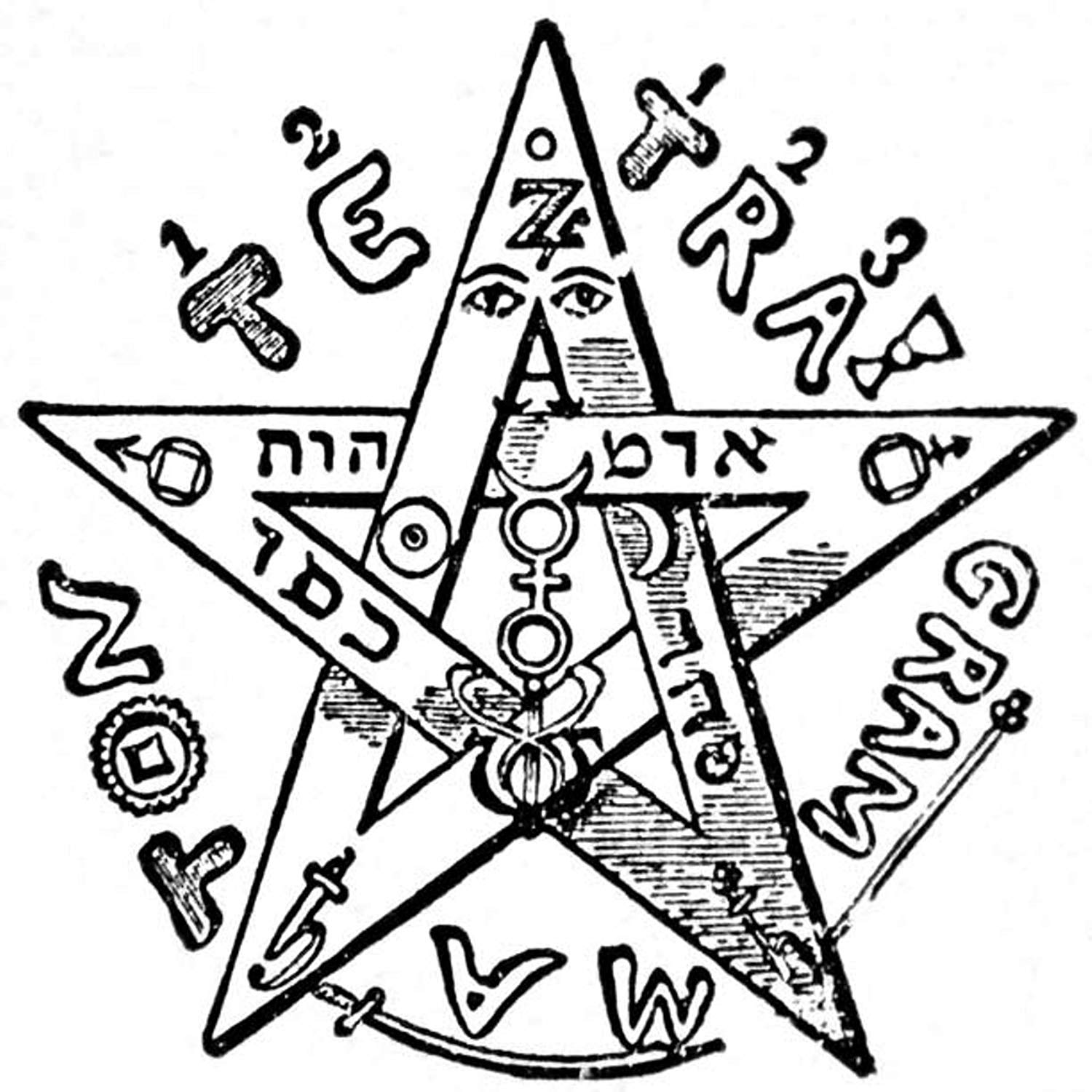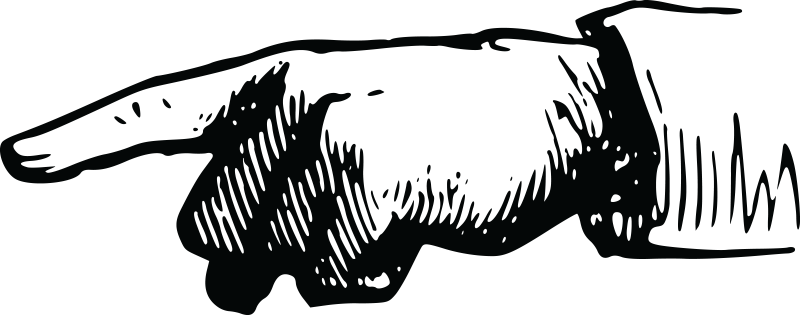Levi's Pentagram

Eliphas Levi’s depiction of the Pentagram is packed with various cabalistic symbols. Let us first look at the perimeter. Tetragrammaton is the descriptor for the four-lettered name of God, יהוה . It is broken up into it’s five different syllables, Te, Tra, Gram, Ma, Ton. The three T’s are filled in black, while the rest of the letters are white. (Initiates of the Royal Arch degree should take special note of those three Ts.) The magickal implements, the wand, cup, sword, and disk, are all present, but are in a slightly different order. The cup comes before the wand,
putting both of the passive implements with three-letter syllables, a reference to Binah, with both of them relating to Heh’s in the Tetragrammaton. The top two syllables have their letters
numbered 1 2, and 1 2 3. This is a break down of the number 5 and provides the building blocks
for all complicated number and pattern sequences. In rhythm, collections of 2 or 3 beats are the smallest two perceptual units. Once 1 is used, it’s either turning a 2 into a 3, or a 3 into 2 2’s.
These numbers may also refer to Chokmah and Binah. Two of the T’s that begin the syllables of
YHVH have 1’s over them, while the third doesn’t. That strikes me as a direct absence to allude but not directly reference the letter Aleph, whose enumeration is 111, but also balancing it out with Tau’s the last letter of the hebrew alphabet. This balance occurs multiple times in this
image.
In the pentagram are various hebrew words. On the right side is the word
These letters relate to the word “Azoth” or “Azot,” the essential transformational element of Mercury. Rising from this are the kundalini serpents of the Caduceus, intertwined like DNA and also expressing another polarity. This lower zone relates to the Muladhara Chakra. Moving up through the center of the pentagram we encounter the symbols of Mercury and Venus sharing the + they both contain. Mercury and Venus oppose each other in a horizontal fashion on the tree of life, and combining them would exalt one to Tiphereth, the center of the tree of live, and this pentagram. The symbols of the Sun and the Moon sit on either side of the Mercury half of the symbol, another balance. The overall shading of the pentagram is referencing a duality as well, as it does with the picture of the sign of benediction.
